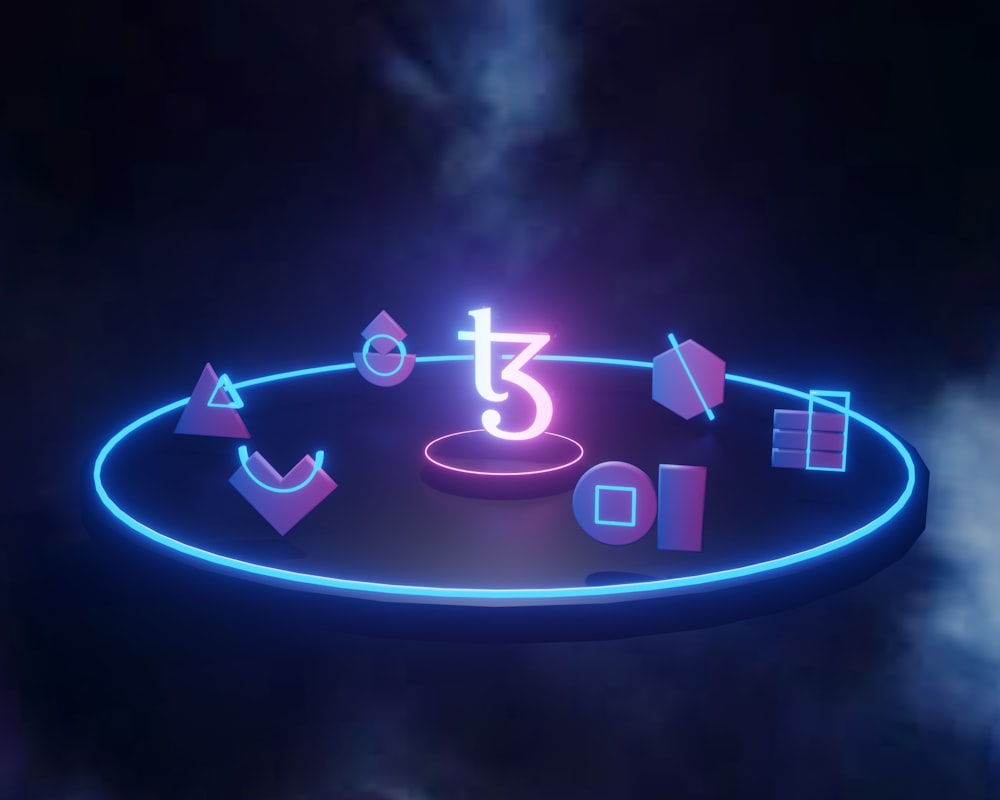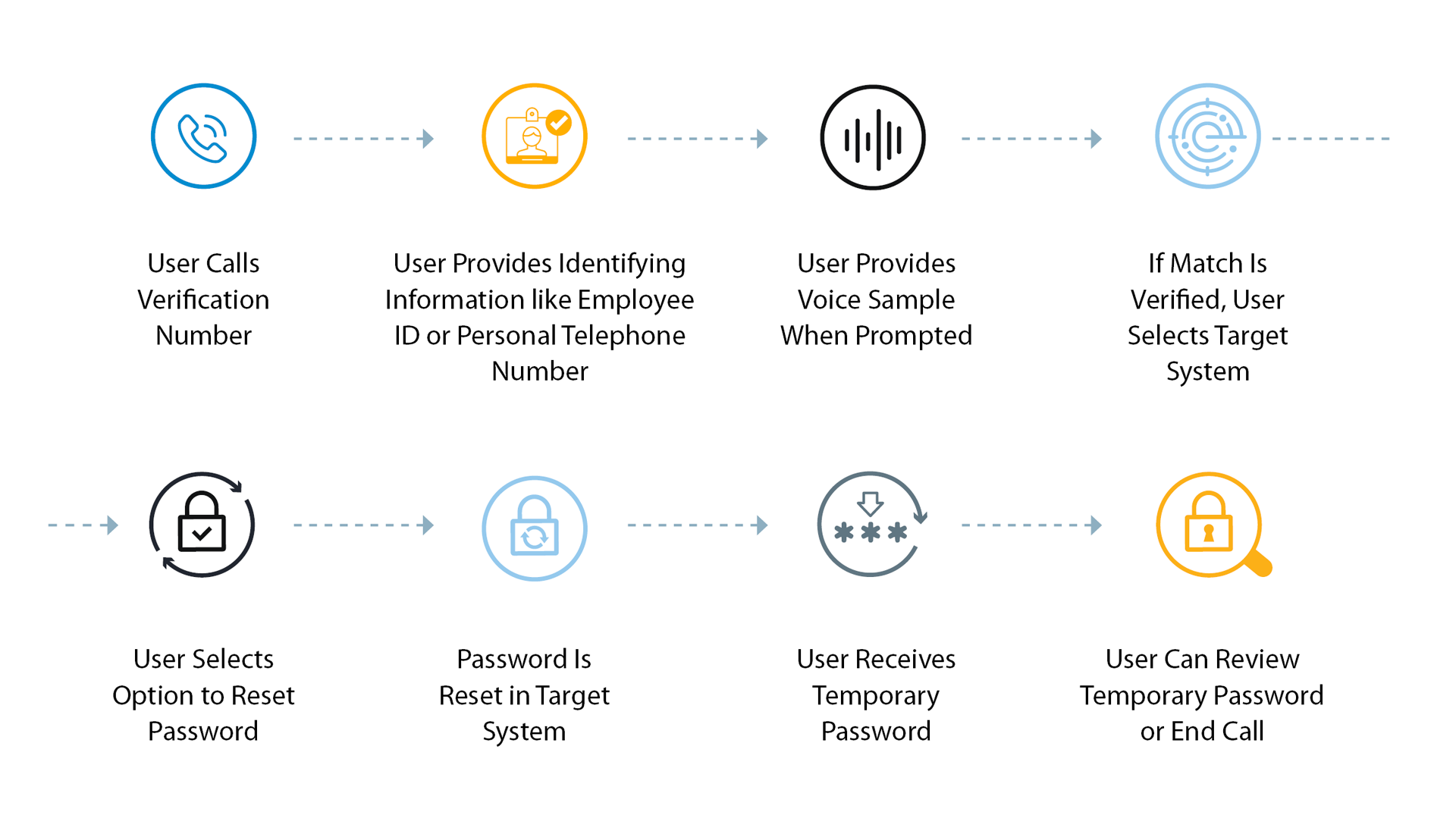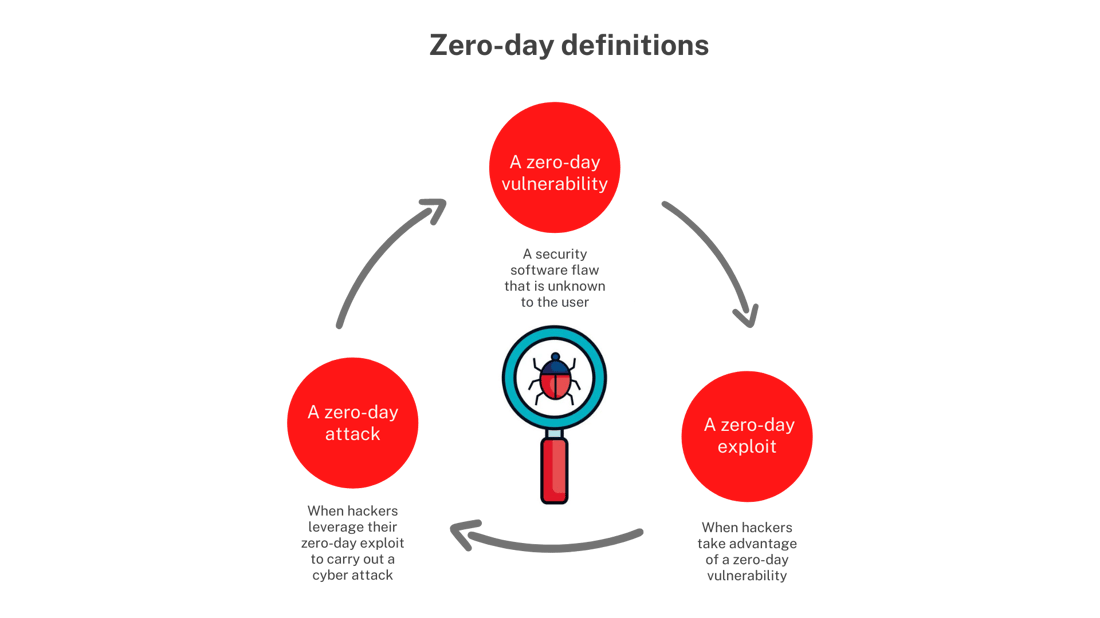Teaching Music To Children
 Teaching music to children is one of the most of the important things a music teacher can do. It is very easy to teach music to children because naturally children learn through hearing. Children are auditory learners beginning at birth. They learn through experience and hearing what is around them.
Teaching music to children is one of the most of the important things a music teacher can do. It is very easy to teach music to children because naturally children learn through hearing. Children are auditory learners beginning at birth. They learn through experience and hearing what is around them.
When you introduce musical concepts to children, using rhythms is the easiest and fastest way to engage a student. Clap a rhythm and have the child clap it back to you. Begin with a short pattern and gradually add bars. Kids (and even adults) think this is a blast, especially when the student gets a chance to make up their own rhythms to clap back to you. Students love trying to “stump” the teacher. Other options are creating your own rhythms games like bingo or using other call and response type games to engage the students.
Learning rhythms by playing games is not only enjoyable for the students, it strengthens their musical foundation since rhythm is one of main components of music. Once you get the students interacting and internalizing the beat, the melody quickly follows. If the beat is not there, the melody is not the same. Take the correct beat and miss a note or two and the piece is still recognized. Change the rhythm and keep the notes and the song often is not recognizable. An example of this is “Joy to the World.” Play the correct notes and it is just a descending scale. Play the correct rhythm with a few wrong notes and the students will shout, “Joy to the World!”
The place where some music teachers go wrong when teaching music to children is when rhythm has not been strengthened from the beginning. So many teachers teach notes, when really they should be teaching rhythm. Notes will come, rhythm needs to be internalized. When the students have a strong foundation in this area, they will be able to grow to the next level because they will have a base to build upon.
One method that uses this technique of teaching music to children through listening is the Suzuki Method. The Suzuki Method is based upon the idea that we begin life by hearing the sounds of our world. It is then natural to hear music and process it through listening first instead of trying to identify the black and white music note markings on a page of music. If fact, trying to learn music by looking at notes on a page is quite frankly a backwards approach. The notes on a page are a representation of sound. Sound is not a representation of ink on a page.
Teaching music to children can be fun and exciting if you begin developing their ears by taking a rhythmic approach first.
































